
The first time I heard the word ‘bantam’ was when my mum used to talk of keeping chickens in the garden when she was a child. They were no doubt crossbred little fowl of varying ancestry. In those days the average poultry keeper would regard all small chickens as bantams. This still goes on today, and really is only wrong if we’re getting technical. No doubt many out there would argue the case that all small chickens are actually bantams, but let me explain where the differences lie…
Almost all poultry breeds, particularly the dual-purpose ones, began as what we now refer to as ‘large fowl’ – to delineate the difference between the two available sizes in many breeds, where there is small and large version. Really, you have the original standard-sized breed and then the miniature version of that breed (what people refer to as bantam). Example: the two available options of the following breed are New Hampshire Red and New Hampshire Red miniatures. The miniatures are supposed to be a certain percentage of their parent breed in body size, and be representative of that breed in every aspect. So, if the parent breed is a good layer, the miniature version should also be a good layer and so on.
But the word ‘bantam’ has a nice ring to it, and for many people is preferable to ‘miniature.’ And although the assumption should be that unless you specify that the breed you keep is miniature, then it is the large (original) counterpart. It all gets a bit silly really, and people will always refer to standard-sized breeds as large fowl and miniatures as bantams. It’s been that way for a long time and keeps things simple; I can’t see it changing any time soon!
TRUE BANTAMS
この記事は The Country Smallholder の August 2023 版に掲載されています。
7 日間の Magzter GOLD 無料トライアルを開始して、何千もの厳選されたプレミアム ストーリー、9,000 以上の雑誌や新聞にアクセスしてください。
すでに購読者です ? サインイン
この記事は The Country Smallholder の August 2023 版に掲載されています。
7 日間の Magzter GOLD 無料トライアルを開始して、何千もの厳選されたプレミアム ストーリー、9,000 以上の雑誌や新聞にアクセスしてください。
すでに購読者です? サインイン
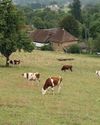
How to Buy a Smallholding in France- Long-time smallholder Lorraine Turnbull looks at the practicalities of moving to rural France
Aspiring smallholders are continually thwarted by the prices of smallholdings and property with land located within the UK. Even the humblest croft in Scotland comes with a substantial price tag and conditions which would make even an adventurous wannabee consider carefully. But all is not lost. For those willing to take the adventure of a lifetime, there is always Europe, and one of the most popular places is France.

Meet the Bournemouth goats and their supporters
These capricious animals are hard workers preserving the natural habitat
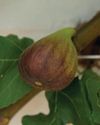
Still warm enough to sit outside with a Pizza
Henrietta Balcon uses fresh figs to create an unusual dish at Harvest time
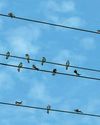
Goodbye to the birds of spring and summer
If you look and listen you might be able to see them preparing to leave says The RSPB
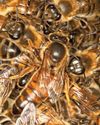
Get ready for the colder weather in the warmth of late summer
Claire Waring advises on doing the best to make sure your colonies survive until next spring
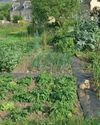
Preparing the Veg Patch for Winter
Lee Senior says, a well-run plot can excitingly continue to produce good quality, tasty, fresh food for much of winter
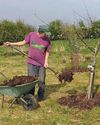
Time to prepare to plant your orchard
Wade Muggleton, smallholder and author of The Orchard Book, shares his practical experience so you can create your own fruit collection
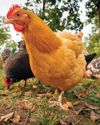
Choosing feed for the autumn
As autumn approaches, Joanna Palmer, nutritionist at the Smallholder Range, offers advice on choosing the right feed to support your adult birds through their annual moult and ensure your young birds grow and finish well at this time of the year.
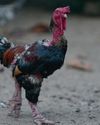
Vet advice from an experienced poultry vet
Reflecting on how much the humble hen has helped people world wide plus advice on stopping the scourge of red mite
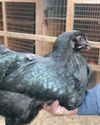
Give your hens some support
Paul Donovan looks at the right and wrong ways of handling birds